Highlights and access methods of Ise Grand Shrine (Mie Prefecture)
In this article, we will explain the attractions of Ise Grand Shrine in Mie Prefecture and how to access it for those who are traveling to Japan from overseas.

(Last modified: )
(Prefecture : Mie , Category : Shrines)
Table of contents
About Ise Grand Shrine
Ise Jingu, also known as Ise Grand Shrine, is a highly revered Shinto shrine complex located in Ise City, Mie Prefecture, Japan. It is considered the spiritual home of the Japanese people and is dedicated to the sun goddess Amaterasu and other Shinto deities. The complex consists of 125 individual shrines, with the two main shrines being the Inner Shrine (Naik?) and the Outer Shrine (Gek?).
The shrine's serene, forested setting and ancient architectural style, which dates back over a thousand years, provide a unique and deeply spiritual experience for visitors. Millions of people, including both tourists and Japanese locals, visit Ise Jingu each year to pay their respects and experience the tranquil atmosphere of one of Japan's most important religious sites.
Highlights of Ise Grand Shrine
Ise Grand Shrine, also known as Ise Jingu, is a prominent Shinto shrine located in the city of Ise, Mie Prefecture, Japan. It is a highly significant and sacred site for both Japanese people and tourists from around the world. As the spiritual home of the Shinto religion, Ise Grand Shrine is dedicated to the sun goddess Amaterasu Omikami and is considered one of Japan's most important religious and historical sites.
The Ise Grand Shrine is actually a complex of 125 individual shrines, with the two most important being the Inner Shrine (Naiku) and the Outer Shrine (Geku). Naiku is dedicated to Amaterasu Omikami, while Geku honors the god of agriculture and industry, Toyouke Omikami. The simple yet elegant wooden architecture of the shrines is an awe-inspiring example of ancient Japanese craftsmanship, as it is built without the use of nails.
One unique feature of Ise Grand Shrine is the Shikinen Sengu, a ritual that takes place every 20 years, during which the main shrines are dismantled and rebuilt on an adjacent site. This practice symbolizes the renewal of the spiritual power of the site and represents the Shinto belief in the impermanence and renewal of all things.
As for the best season to visit, Ise Grand Shrine can be enjoyed all year round. However, spring (March to May) and autumn (September to November) are particularly beautiful due to the pleasant weather and natural scenery. The cherry blossoms in spring and the vibrant autumn foliage add to the serene atmosphere of the shrine complex.
In conclusion, Ise Grand Shrine is a remarkable destination for tourists seeking to explore the spiritual and cultural heritage of Japan. Its beautiful architecture, serene environment, and deep historical significance make it a truly enriching experience for visitors of all backgrounds.
Address and access method of Ise Grand Shrine
Ise Jingu is located in the city of Ise in Mie Prefecture, Japan. The address for Ise Jingu is: 1 Ujitachicho, Ise City, Mie Prefecture, 516-0023, Japan
There are two main train stations near Ise Jingu, each offering convenient access to the shrine complex:
For the Outer Shrine (Gek?): The nearest station to the Outer Shrine is Iseshi Station, which is served by two train lines: the JR Sangu Line and the Kintetsu Yamada Line. From Iseshi Station, it is just a 5-minute walk to the Outer Shrine.
For the Inner Shrine (Naik?): The nearest station to the Inner Shrine is Ujiyamada Station on the Kintetsu Yamada Line. From Ujiyamada Station, you can take a bus to the Inner Shrine, which takes approximately 20 minutes. Alternatively, you can walk from the station to the Inner Shrine, which takes about 30-40 minutes.
Both Iseshi and Ujiyamada stations can be reached from major cities like Osaka, Nagoya, and Kyoto, typically with one or two transfers. Travel times from these cities to the stations near Ise Jingu range from 1.5 to 2.5 hours, depending on the specific route and train services used.
Inner Shrine (Naik?) :
Outer Shrine (Gek?) :
Attractions near Ise Grand Shrine
Several notable attractions are located near Ise Grand Shrine:
Ise-Shima National Park
This stunning coastal park spans the Shima Peninsula and features beautiful landscapes, including Ago Bay's scenic coastline and the lush, mountainous interior. Visitors can enjoy various outdoor activities, such as hiking, cycling, and birdwatching, or explore the quaint fishing villages and hot springs that dot the area.
Meoto Iwa (The Wedded Rocks)
Located off the coast of Futami, these two sacred rocks are connected by a sacred rope (shimenawa) and are believed to represent the union of the god Izanagi and the goddess Izanami, who play a central role in Japanese creation mythology. Meoto Iwa is particularly stunning at sunrise when the sun appears to rise between the two rocks.
Mikimoto Pearl Island
This island, located in the nearby Toba City, is the birthplace of cultured pearls. Visitors can learn about the history of pearl cultivation at the on-site museum, watch skilled ama divers demonstrate traditional pearl diving techniques, and shop for exquisite pearl jewelry.
Toba Aquarium
Also located in Toba City, this popular aquarium features a wide variety of marine life from the local region and around the world. Visitors can observe various species, including sea turtles, dolphins, and the rare Japanese giant salamander, making it an enjoyable destination for families and marine life enthusiasts.
These attractions, combined with a visit to Ise Jingu, provide a well-rounded experience that highlights the region's natural beauty, cultural heritage, and deep spiritual significance.
Other information about Ise Grand Shrine
Official site (English version) about Ise Grand Shrine :
https://www.isejingu.or.jp/en/
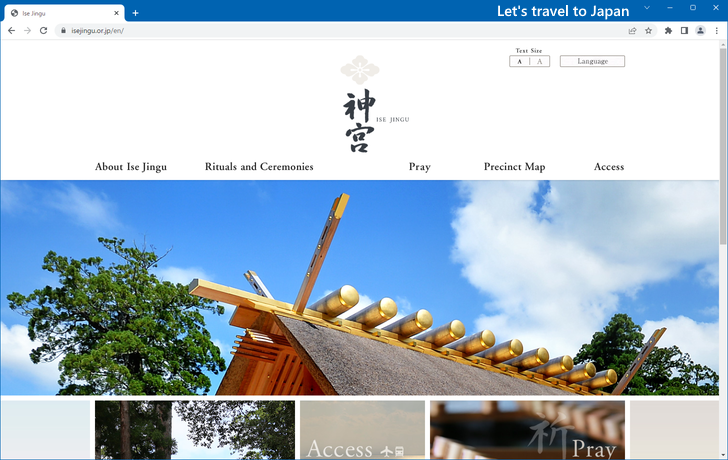
Pictures about Ise Grand Shrine :
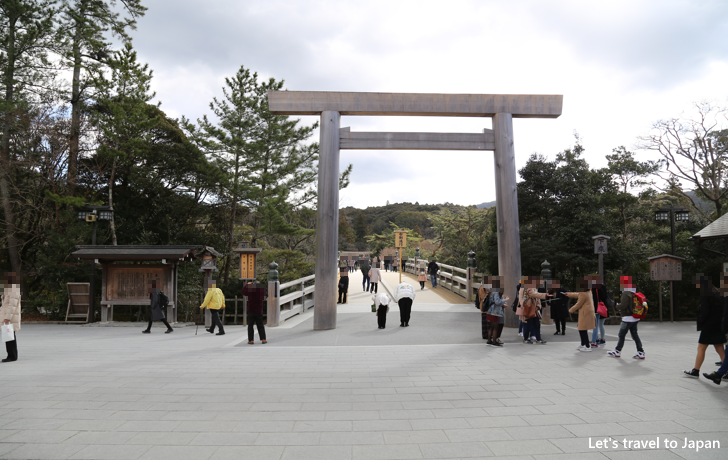
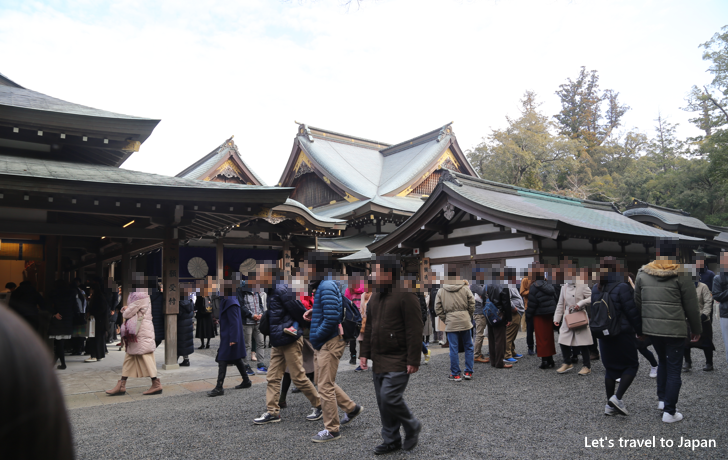
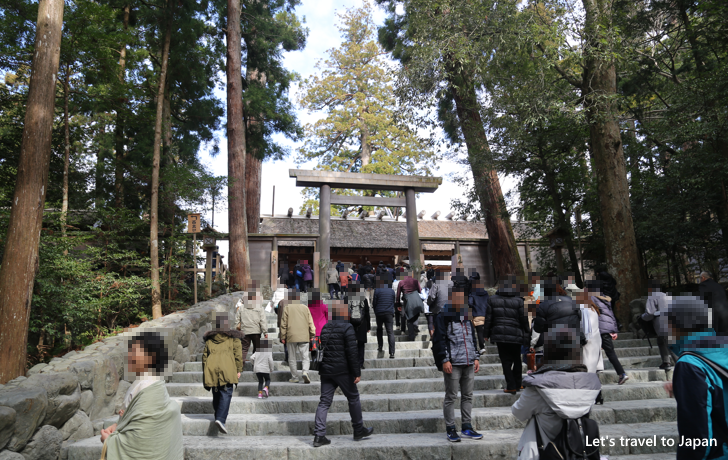
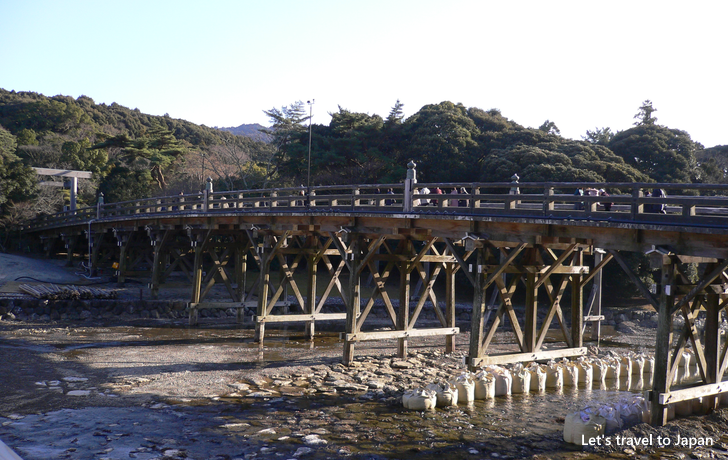
-- --
Thank you for reading to the end.
( Written by Tatsuo Ikura )